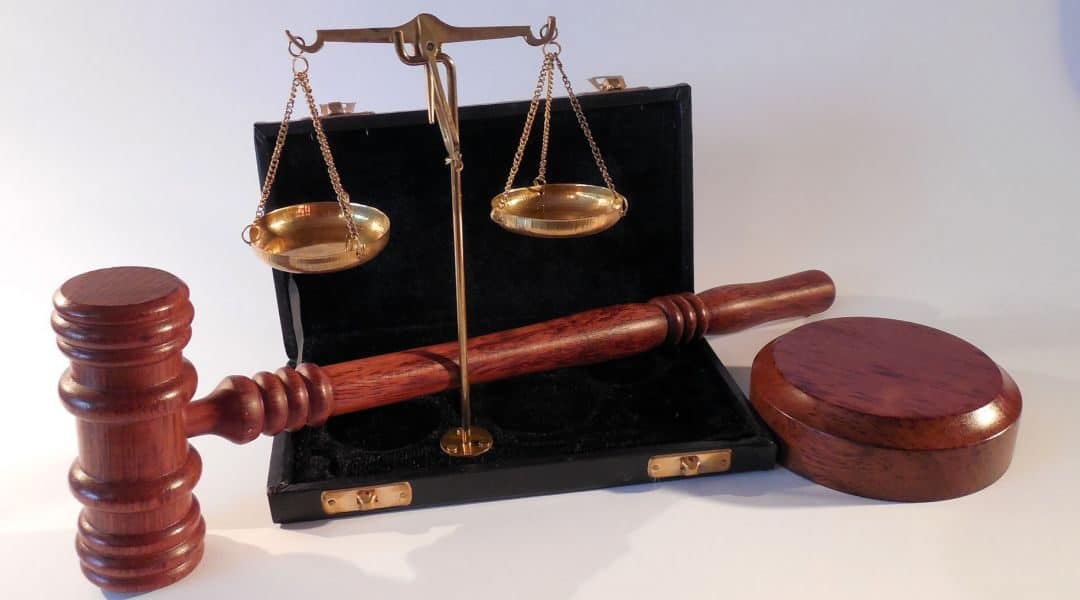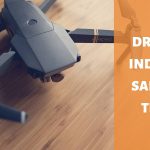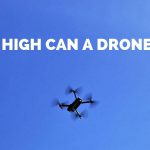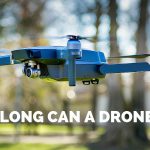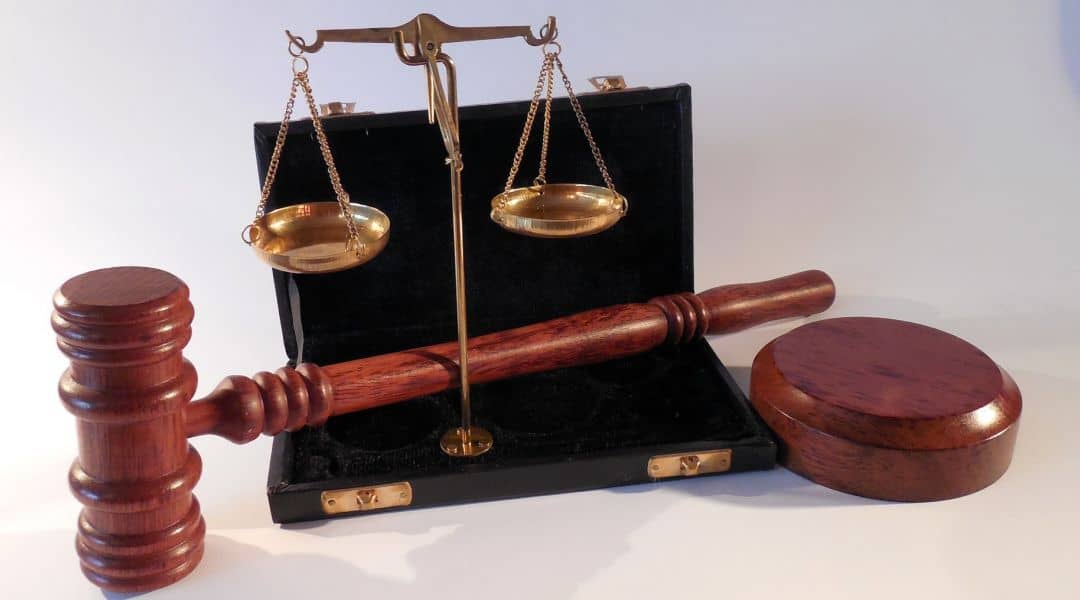
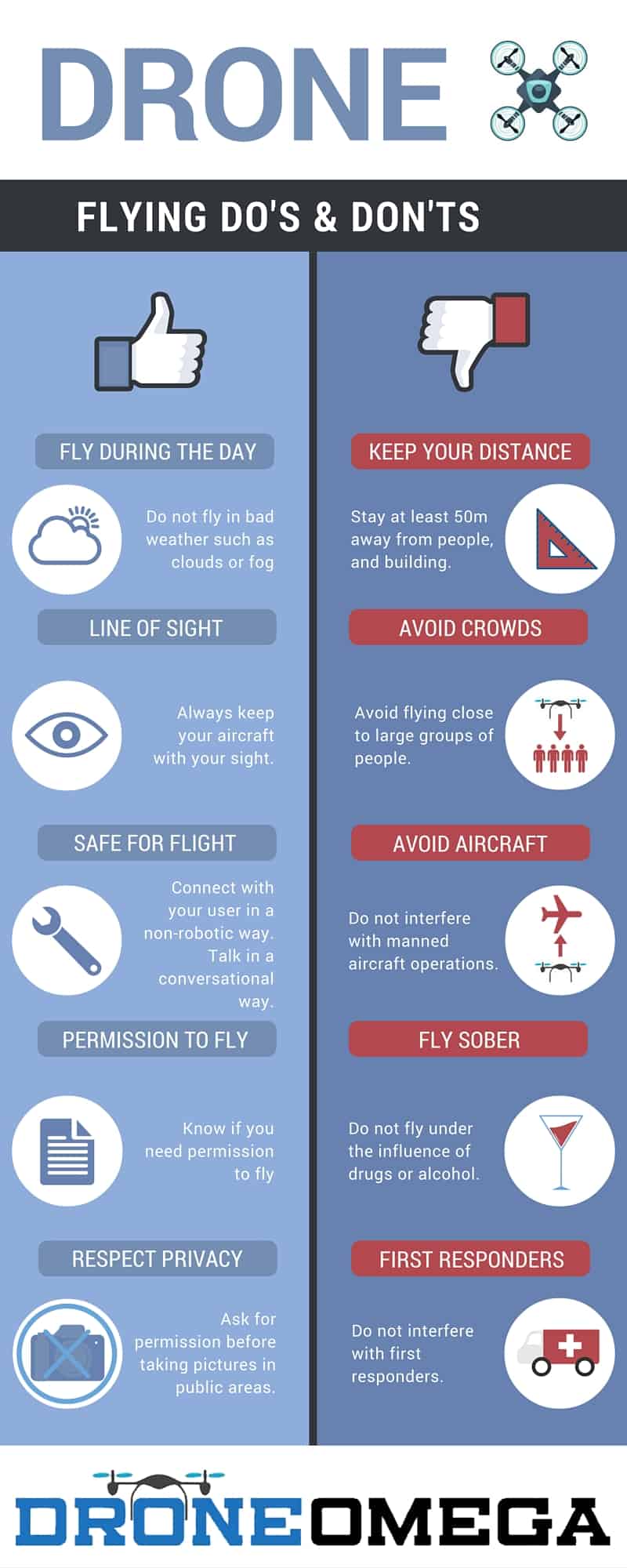
Drones are no longer reserved only for the military, and now anyone can purchase a drone and go flying. However, if you do plan to venture into the world of drone piloting, you do need to be aware that there are rules associated with flying your drone. Most of these rules are simply common sense, but you do need to be aware of them. When you are flying, be aware of the following drone flying rules:
• You shall fly below 400 feet
• You shall keep your drone within your line visual line of sight at all times
• You shall not fly your drone near aircraft, meaning airports, or any other no-fly zones
• You shall not fly over large groups of people, stadiums or sporting events
• You shall not fly near emergency response efforts being carried out by police, firemen, or paramedics
• You shall not fly under the influence of drugs or alcohol
Though it doesn’t explicitly say so in the rules, be aware that national parks are off limits. Also, stay clear of any government buildings, military bases, and large industrial areas.
Most of these rules make sense when you consider that if you lose control of your drone, you don’t want it to come crashing down and causing injury to people or property. It is possible that these rules may change, or be updated. So be sure to check the FAA website, or if you live outside of the US, check your appropriate governmental authority.
Drone Flying Rules and Registration
You also need to be aware of new rules that have been introduced by the FAA for flying your drone. You brand new drone, or quadcopter is officially called an Unmanned Aircraft System (UAS) by the FAA. It may just be controller and a small flier to you, but FAA has bestowed this terminology on your new drone. The registration rules came into effect December 21, 2015. Any drone that weights more than 0.55 pounds (250 grams for you metric folks), and is flown outside must be registered. If you drone weights more than 55 lbs you need to go through the aircraft registry process. The FAA has included some hefty fines along with legal prosecution, so they are not fooling around.
Failure to register your drone could cost you up to $27,500. Criminal penalties for not registering your drone can include fines up to $250,000 and/or jail time for up to 3 years.
In order to register, the drone owner must be:
• 13 years of age or older, otherwise the parent or guardian has to register
• US citizen or legal permanent residence
If you happen to own more than one drone, then you only need to register once and pay the $5 fee only once. Once you finish the registration process, you get a Certificate of Aircraft Registration/Proof of Ownership which comes with a unique identification number for the UAS owner. You need to make sure that this number is marked on all drones that you own. Think of this as a license plate number for your drone. The number needs to be visible on the outside of the drone, so you can’t just have it written on a piece of paper, and tuck it into the battery compartment. Your drone registration is valid for 3 years. Also, you need to have the certificate of registration with you. Fold it up and put it in your wallet so you don’t forget it at home.
REGISTER BEFORE YOU FLY
I wrote this so you wouldn’t miss it. You have to register your drone before you take outside for your first ever flight. You do not want to take a chance that your brand new flier gets confiscated because you didn’t have the proper registration.
If you are considering using your drone for commercial purposes which includes independent filmmaking, and freelance photography and videography, you are going to need do some more paperwork.
What is the Purpose of the Registry?
The purpose of the registry may be unclear, but one of the primary motivators for the registry is to address the problem of an upward trend of near collisions and apparent violations of restricted airspace. The registry has three main purposes:
• Educating new drone owners
• Deter dangerous drone flying
• Holding drone pilots accountable for their actions
The education component of the registry reflects common sense flying, but exactly how is this information supposed to be made available to new drone pilots. Perhaps there should be a warning label on the drone packaging making the new owner aware that they need to register their new drone. Otherwise, how is someone supposed to know that this registry rule even exists? There is no way to guarantee that every new drone owner is aware of the registry requirement, and the criminal consequences for not abiding by this rule.
It is not clear how this registry will deter any wrong doing on the part of drone flier. Obviously, if criminals are about to conduct illegal activities, they are not about to register their drone. In effect, this registry looks to penalize responsible fliers, who are interested in drones. The rules they have in place for flying already parallel those of common sense and legal norms. The deterrent purpose of the registry does not have a real basis of application.
The requirement of marking your drone with an identification number is to allow the tracing of the drone pilot, which is supposed to act as a deterrent against irresponsible flying. Since the FAA does not have the capability of tracking every drone that is purchased, there is no way to ensure that every drone is registered. People who will be caught will be those who never intended to violate any rules, but by accidental circumstance, they will incur a fine, or even an arrest. The individuals for whom the accountability is targeted, such as criminals, are not the ones who are going to be caught.
It would make more sense to require that drones are registered at the point of sale, but this would be a costly implementation. The registry is a knee jerk reaction to the problem of drone regulation, and it does not fulfill any of its primary objectives. However, these are the drone flying rules and regulations that we are currently stuck with.

